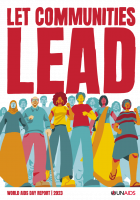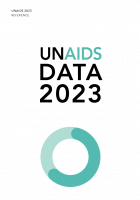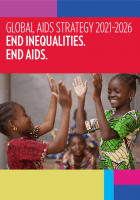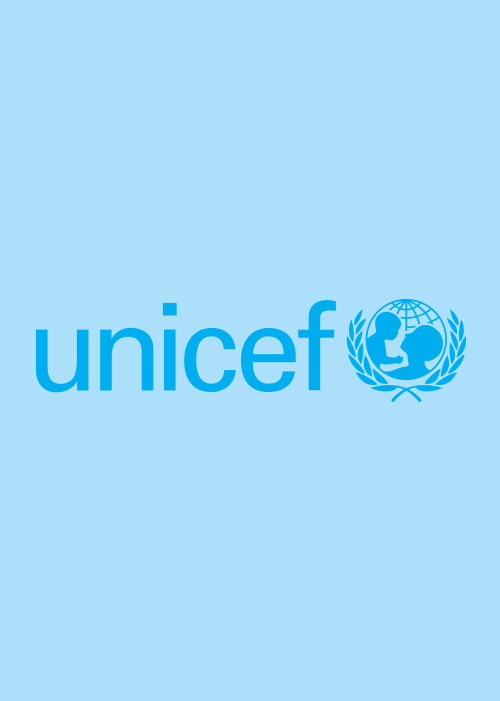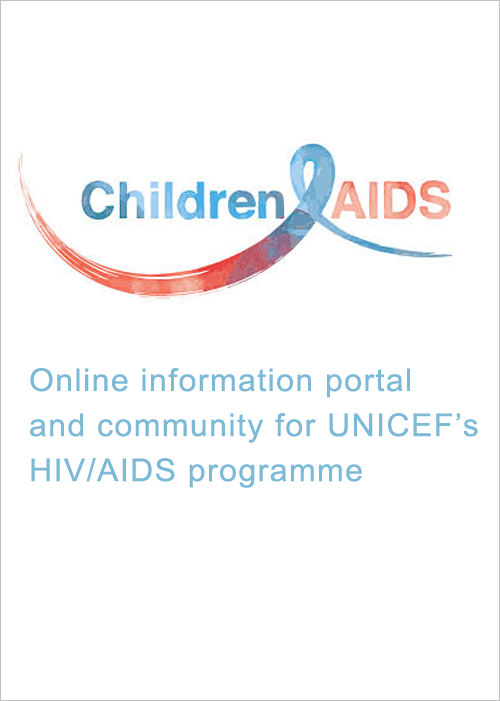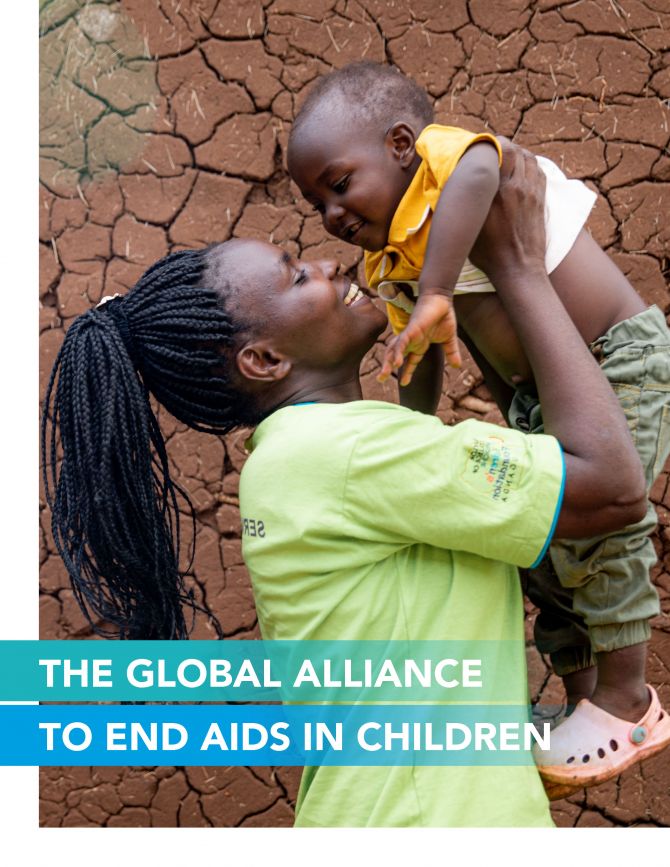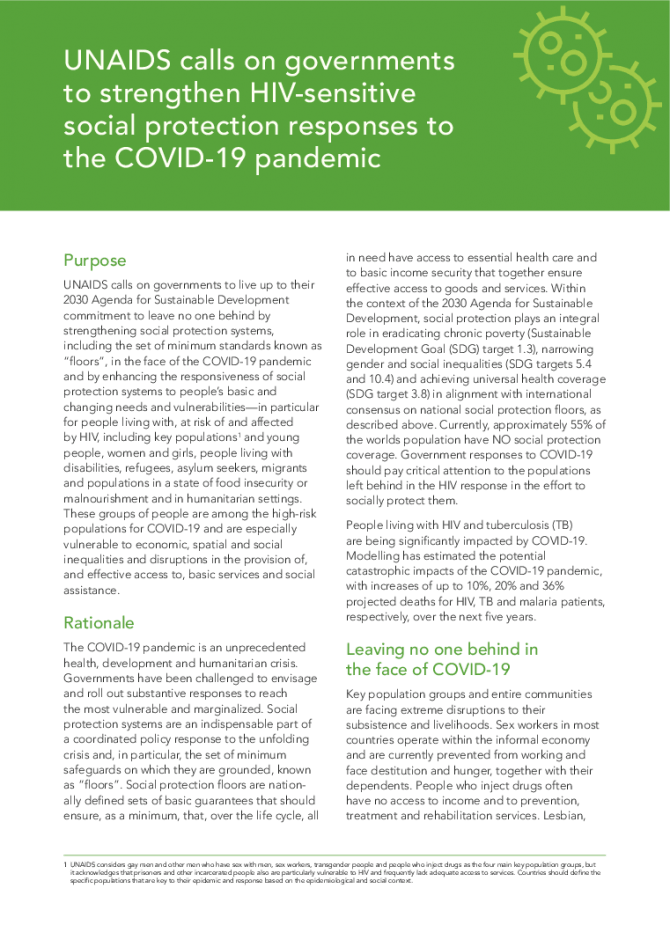Protecting children from HIV infection is one of the top seven priority areas of UNICEF’s Strategic Plan. UNICEF is working with partners all over the world to help low- and middle-income countries to scale up effective and efficient programmes to eliminate new infections among children, provide medicines to children and their families living with HIV, prevent and treat new infections among adolescents and provide protection, care and support to families affected by HIV.
UNICEF’s programming efforts for the first decade of a child’s life focus on infants and children under five, pregnant women and mothers and contribute to achieving the international targets of the Global Plan towards the elimination of new HIV infections among children by 2015 and keeping their mothers alive and Committing to child survival: a promise renewed. Strengthening maternal and child health is at the forefront of efforts to eliminate mother-to-child transmission of HIV, with an emphasis on expanding access to treatment for pregnant and breastfeeding women living with HIV and improving infant testing and access to treatment for children.
For the second decade of a child’s life, UNICEF focuses on adolescents (10–19 years), especially those at higher risk of HIV exposure—adolescent girls in generalized epidemics, adolescents living with HIV and adolescent key populations (boys who have sex with other males, adolescents who inject drugs, and children and adolescents exploited in the sex industry). Emphasis is placed on supporting countries to scale up high-impact interventions to reduce HIV transmission, morbidity and mortality among adolescents. UNICEF also works across sectors to challenge vulnerability to HIV through education and by encouraging gender equality, human rights and child protection programming. Engaging young people, including young people living with HIV, in programme planning, service delivery, demand creation and monitoring and evaluation is a core element for achieving better results. Community mobilization is a critical feature of all aspects of UNICEF’s HIV response.
As part of wider efforts to strengthen national social protection systems, UNICEF is working with governments and development partners to expand HIV-sensitive social protection, economic support and family-based care to strengthen the resilience of children and families and promote sustained access to HIV prevention, treatment and care. Applying UNICEF’s vision for its HIV programming to fragile and humanitarian situations is especially important for ensuring that at-risk and emergency-affected populations are not excluded in times of greatest need.
Additional information is available at www.childrenandaids.org.

